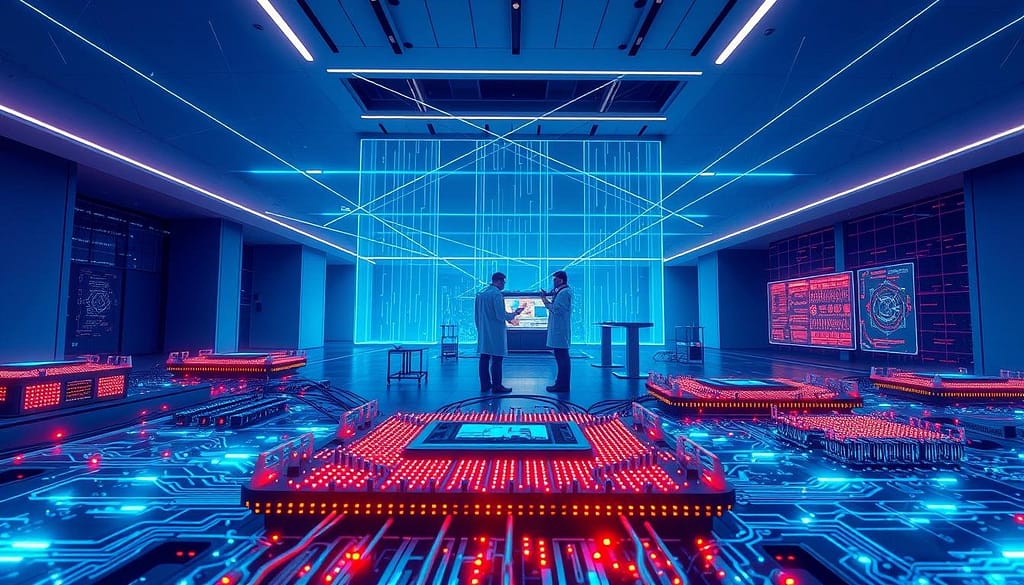Chatbot Whisperer? Here Are 7 Genius Tips to Unlock Its Full Power
You’re not using your chatbot right — and that’s okay. Most people don’t. Let’s be real: you probably think of your chatbot as that slightly awkward friend who sometimes gives amazing advice… and sometimes just blurts out nonsense. But what if I told you that with just a few tweaks, your chatbot could become your […]
Chatbot Whisperer? Here Are 7 Genius Tips to Unlock Its Full Power Read More »



